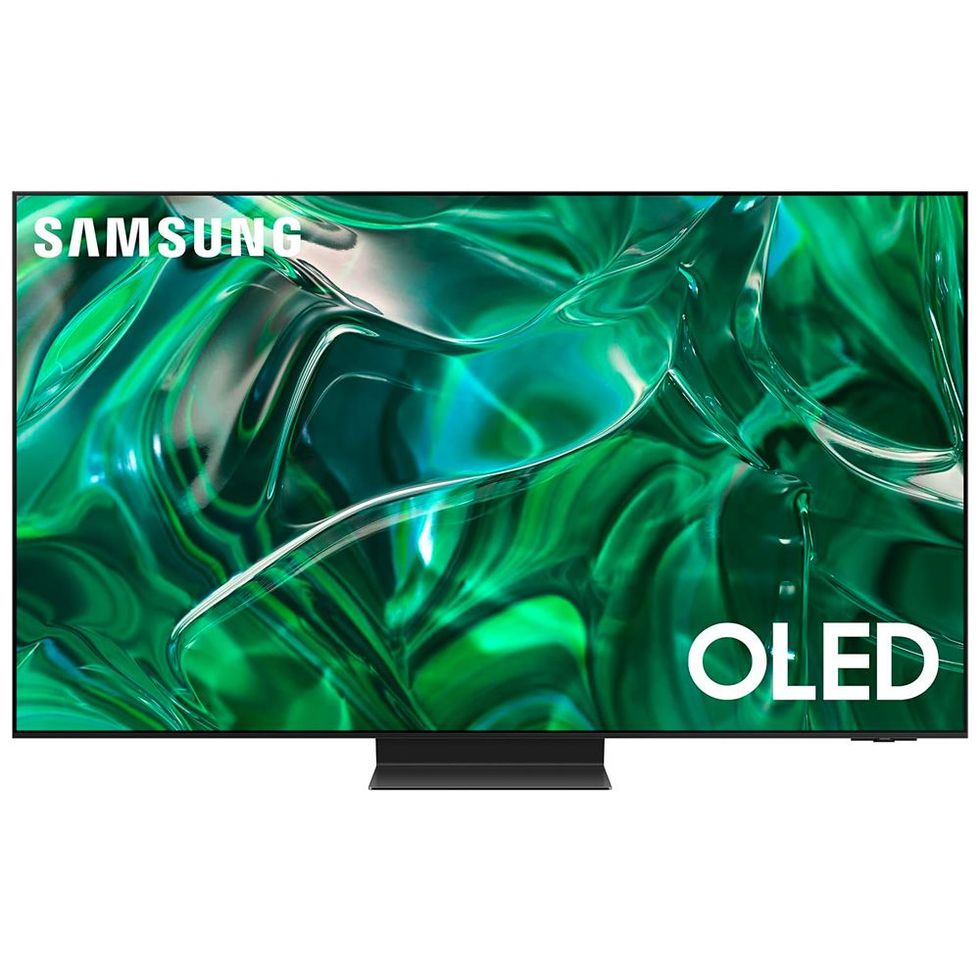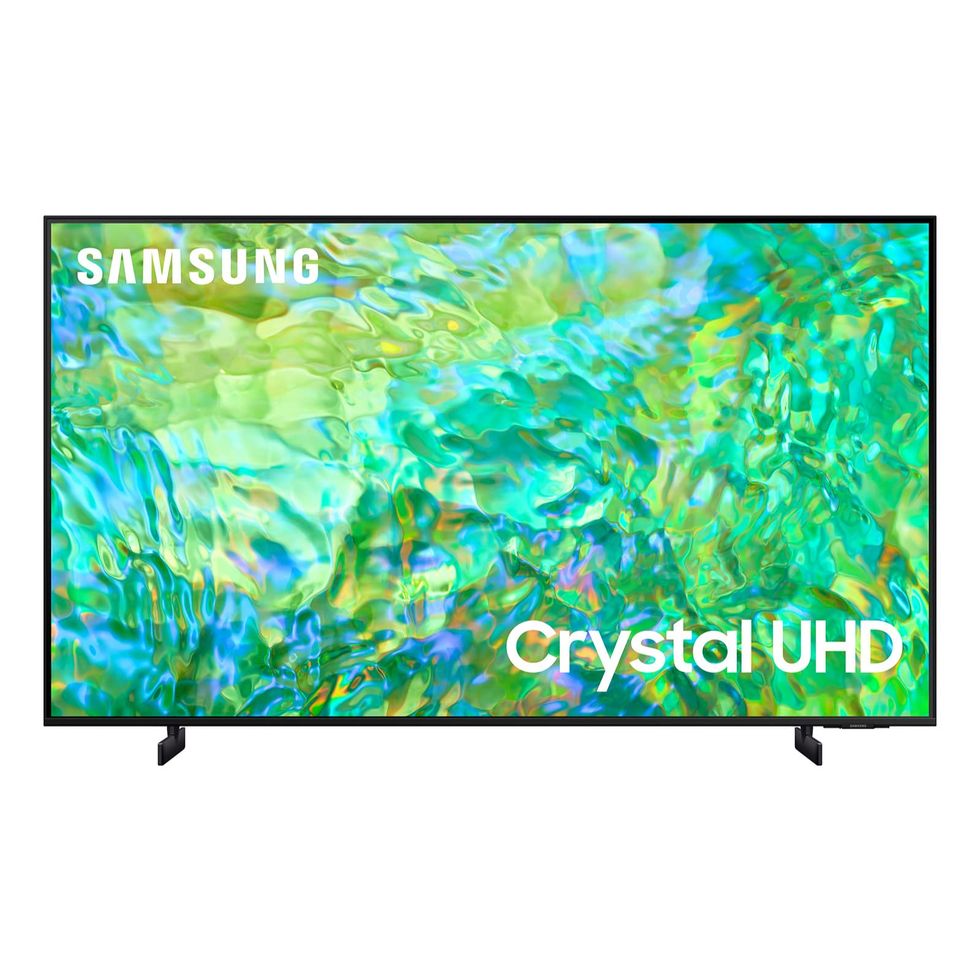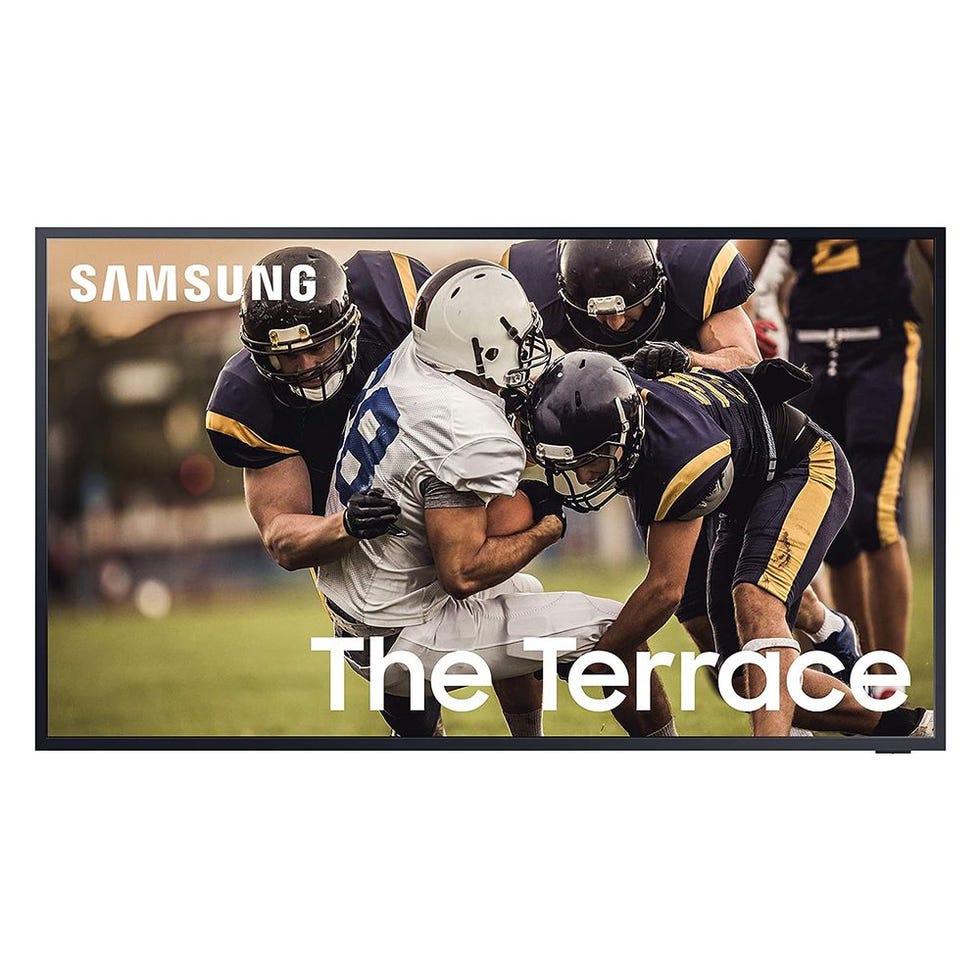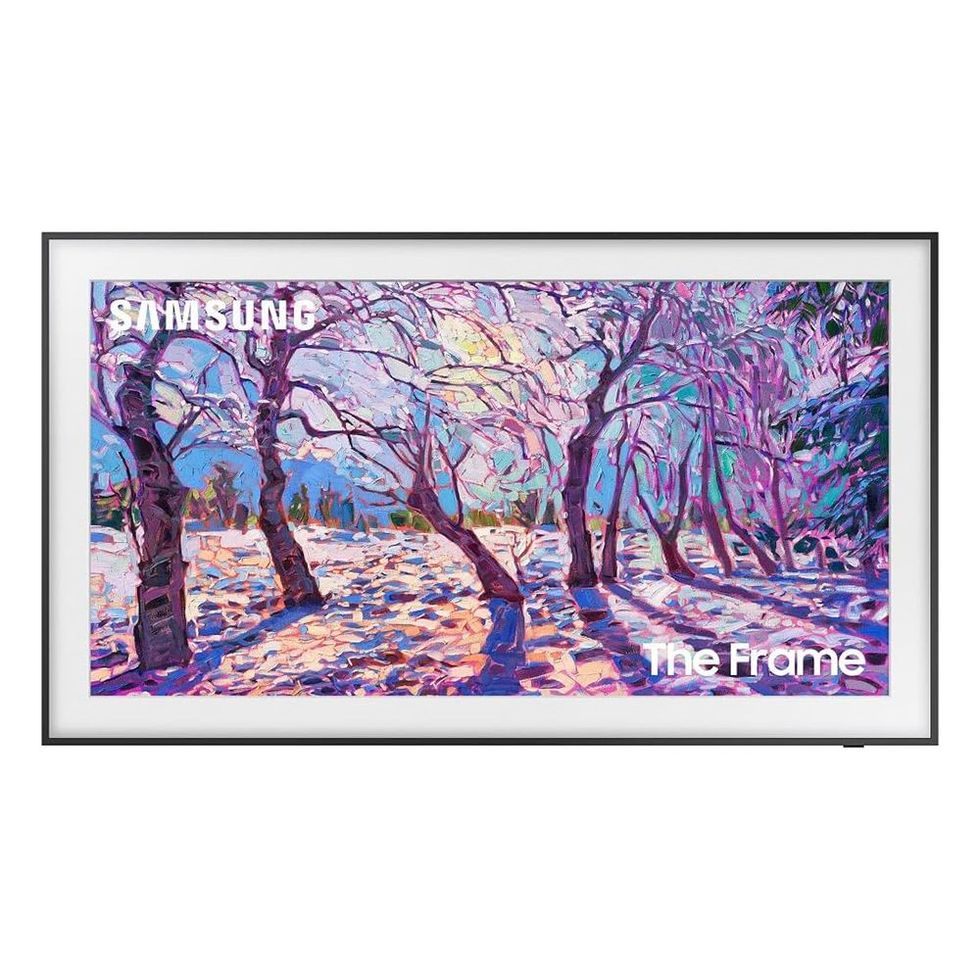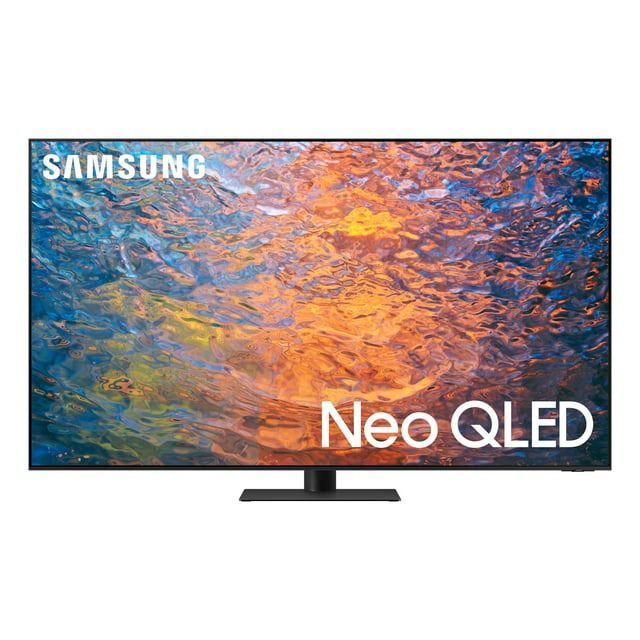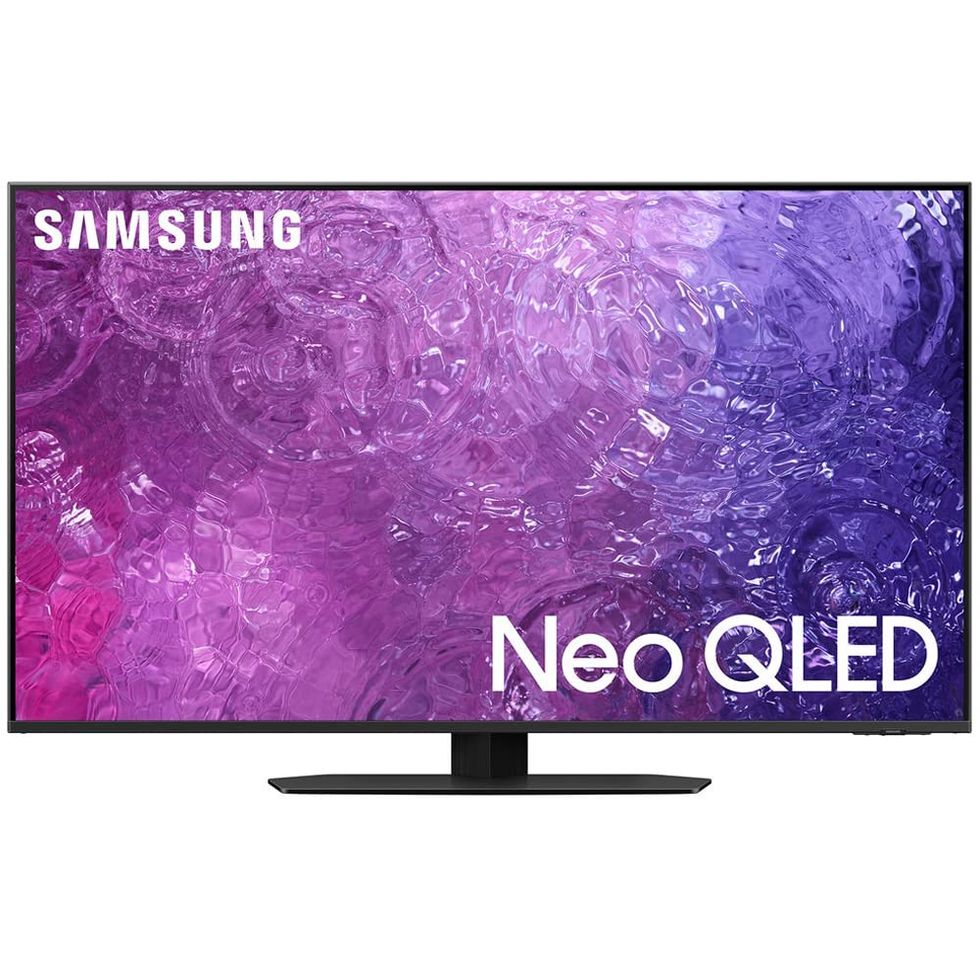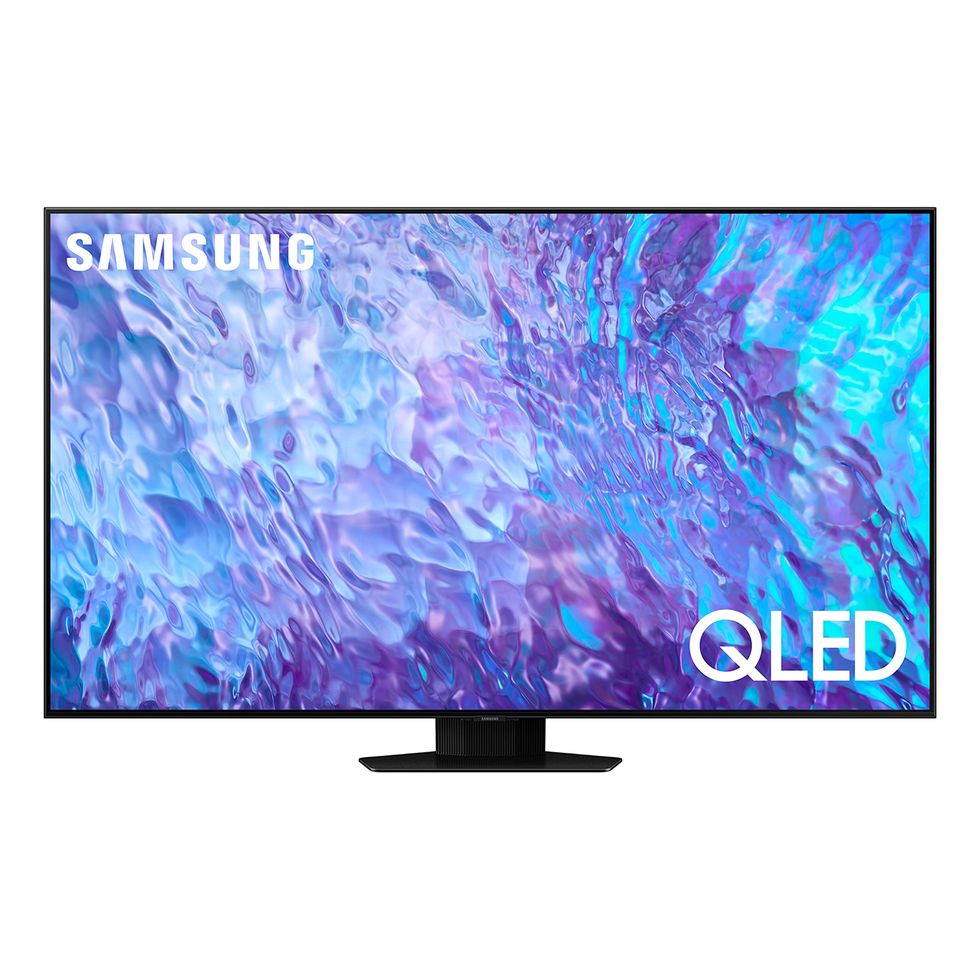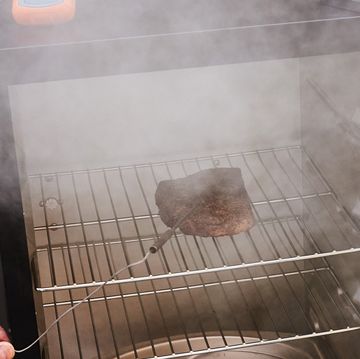The 7 Best Samsung TVs for Gaming, Streaming, and a Design-Forward Display
From the sharp-looking Frame to the outdoor-capable Terrace, these Samsungs are the best right now.
Gear-obsessed editors choose every product we review. We may earn commission if you buy from a link. Why Trust Us?
Samsung, the Korean tech giant, is well known for its 1) phones, and 2) broad range of TV technologies and types. Take its QLED TVs, famed for vivid colors and Quantum Dot technology, which help deliver a vibrant picture ideal for movie nights and gaming sessions.
Then there are the 4K Neo QLED models—TVs that feature Mini-LED backlighting for deeper contrasts and more immersive picture quality. And if money is no object, an 8K Neo QLED model has the ultimate resolution and image clarity.
If you want to watch outdoors, there are TVs for that, too, thanks to Samsung’s Terrace series. Featuring weather-resistance and enhanced brightness, these TVs bring high-quality visuals to your backyard, patio, or deck, even in bright daylight.
With many panels to gaze upon, we’ve picked the best Samsung TVs for different uses and highlighted some important things to consider before buying.
The Best Samsung TVs
- Best Overall: Samsung S95C
- Best Budget: Samsung CU8000
- Best Outdoor TV: Samsung The Terrace LST9C
- Best Design: Samsung The Frame LSO3B
- Best for Movies: Samsung QN95C Neo QLED 4K HDR Smart TV
What to Consider
Why buy a Samsung TV?
Value
Many Samsung panels offer a blend of value, features, and picture quality. While other brands, such as Sony or Hisense, might lean into putting all their eggs into build quality or affordability, Samsungs do it all and do it well.
Performance-wise, mid to high-range Samsung TVs fare well in various environments. They often feature excellent contrast levels, brightness, and vibrancy, making many excellent for movies. High refresh rates and HDR support for immersive brightness are also great features for gamers.
However, some models offer better value for the money than others—expect a sizable price jump for its premium line, like the Neo QLED. Sadly, its budget range is less diverse and broad than its mid or premium lines.
OS
Samsung TVs use an OS called Tizen, which is comparable to LG’s WebOS and Roku TV. Tizen is easy to use, responsive, and fairly smart. You navigate across most apps using a horizontal bar that pops up when you press the Home button on your remote. Samsung TVs also feature voice control and online search via the remote’s onboard mic.
Remote
Speaking of remotes, most mid- to high-range Samsungs come with an advanced SolarCell model, charging via indoor light and USB-C, so no more fiddling around with AAA batteries. It’s a wonderfully simple remote, though some may miss the larger, more traditional numeric style.
Smart Assistant
Lastly, Bixby smart assistant lets you use your TV as a smart hub with other Samsung smart devices. Ever wanted to check on the progress of your washing machine or control the lights in your home with your TV? You can. It’s a great feature, particularly if you’ve already invested in Samsung’s diverse ecosystem of smart home products.
Most Samsung television models work with Alexa if you’re an Amazon user. They don’t support Apple HomeKit, though AirPlay is possible with most TVs. While some models have worked with Google Assistant in the past, Google will no longer be available on Samsung TVs starting March 1, 2024, due to a policy change.
Panel Technology
Each technology has its strengths and weaknesses, catering to different preferences and budgets.
LCD/LED
At the more budget-friendly end of the spectrum are LCD and LED panels, known for their brightness and durability. LCDs rely on fluorescent backlights, while LEDs use light-emitting diodes, resulting in better picture quality. However, LCD and LED screens often suffer from limited viewing angles (if you’re sitting too far from center, the picture isn’t as good) and less effective light control within the image, most notably falling short of delivering true blacks.
QLED
Stepping up in quality, Quantum Dot or QLED technology offers a significant enhancement. These TVs employ tiny particles, each a different size, that emit a unique color, leading to a much broader and more vivid color range than traditional LCD panels. That said, it has much more in common with traditional LCD screens rather than newer OLED variants. Samsung exclusively markets many of its TVs as 4K or 8K QLED, though other manufacturers offer their version of this panel tech. Overall, QLEDs are less consistent than OLEDs, providing quality blacks and contrast levels. However, inch for inch, they offer bigger and brighter screen sizes for less. Plus, the more you’re willing to spend on a QLED, the narrower the performance gap.
OLED
Organic light-emitting diode technology (OLED), represents another leap forward using organic phosphors where each pixel produces its own light. This process results in exceptional precision in lighting and contrast, outshining LCD TVs. OLED screens also maintain their clarity and color integrity at wider viewing angles. OLED TVs are often ludicrously thin and don’t require separate backlighting panels. The downside is their higher price tag and lower brightness level than LCDs. Be careful of screen burn-in, which we’ll get into at the end of this article.
Mini-LED
The latest innovation in TV technology is Mini-LED. This approach minimizes the LED modules used in backlighting LCD screens, achieving deeper blacks and enhancing overall picture quality. However, like OLED, Mini-LED technology comes with a higher cost.
Screen Size
The size of your TV should be proportionate to the size of the room it’ll live in and how far away you’ll sit from the screen. A 65- or 75-inch TV will offer a near-cinema experience if you have a large family room or basement. If you have a small apartment or plan to use your new TV in your bedroom, a 32- or 40-inch screen will suffice. A typical family house should have the space to accommodate a 55-inch screen, which is the average, ideal size.
According to Samsung’s guide to television sizing, you should aim for 40 percent of your field of view to be taken up by your screen. The field-of-view distance is calculated by taking your intended screen size and multiplying it by 1.2. For example, a 55-inch television requires sitting 66 inches away.
Resolution
TV resolution, the number of pixels that make up the picture on a display, is one of the most important specs to consider. The more pixels, the sharper the image. Samsung still sells some 1080p Full HD TVs, but 4K TVs are the standard. Samsung also makes 8K TVs, which feature double the pixels of 4K TVs. However, 8K TVs are prohibitively expensive, and there’s no available pipeline of 8K movies, shows, or video games. That said, advanced Samsung TVs can upscale native HD or 4K content into 8K, with excellent results. Due to the cost, many people can do fine without 8K.
Audio
Look for TVs with high-fidelity speakers that offer clear and balanced sound. Brands often mention audio specifications like wattage and sound technologies like Dolby Atmos or DTS:X, which indicate superior sound quality.
Room size also plays a crucial role. For larger rooms, opt for TVs with more powerful speakers to ensure the sound fills the space. Conversely, a TV with less powerful speakers in smaller rooms might be just fine. Pay attention to the audio output ratings, usually measured in watts, to gauge the system’s power. More wattage equals more robust sound.
Another aspect is sound features. Some TVs have built-in soundbars that provide richer, immersive audio. Bass enhancement, voice clarity, and virtual surround sound can significantly improve your viewing experience, especially for movies and games.
Connectivity options are also important if you upgrade to a separate sound system. Ensure the TV has options for external audio connections like HDMI, ARC, or optical out. Every Samsung on our list is Bluetooth-compatible.
Connectivity
The variety and number of available ports can significantly enhance your viewing experience. HDMI ports are essential; they connect gaming consoles, sound systems, streaming devices, and Blu-ray players. The more HDMI ports a TV has, the more devices you can connect without swapping cables.
Lastly, consider future-proofing. Look for newer versions of HDMI (like HDMI 2.1) for compatibility with the latest gaming consoles and other devices. You can create a seamless and enjoyable entertainment setup by ensuring your TV has robust and versatile connectivity options.
HDR
HDR stands for High Dynamic Range, allowing TVs to drastically enhance contrast levels and colors. This makes games and movies appear much more vibrant and detailed. However, you still need HDR-enabled content for this to be compatible—you can find them in newer games and streaming services like Disney+, Amazon Prime Video, and Max, while Netflix charges a premium subscription cost for its HDR content. Various HDR methodologies tout different ways of delivering these boosted effects, including HDR+ and HDR10, but note that Samsung TVs do not support the Dolby Visions standard.
How We Selected
Combined, we have over a decade of experience owning a range of HD Samsung TVs. In compiling this list of recommendations, we studied the latest ranges, exploring their size, resolution, cost, and quality. We also delved into hundreds of reviews from other outlets and bona fide users to select the best for almost every occasion or setting.
We chose these TVs due to their capabilities in specific roles, including as a design piece, an outdoor screen, or a quality budget option. All these TVs have 4K resolution (or above), the gold standard in today’s panels and are suitable for showing movies, TV shows, sports, and games with excellent contrast levels and substantial color accuracy. These models also have a range of sizes to fit any room and are compatible with a range of smart assistants such as Alexa or Bixby. Lastly, they all boast a wide range of connectivity options, such as HDMI 2.0/2.1, USB-A, and audio outputs.

Matt Ng is a writer and editor who specializes in gaming, tech, and movies, so he’s usually writing about the next shiny gadget or triple-A PS5 title. He also has experience as a copy editor within the healthcare sector. When he’s not fawning over the latest MCU release, he can be found on a softball pitch chasing after flyballs.

Sascha Brodsky, a freelance journalist based in New York City and a graduate of the Columbia University Graduate School of Journalism and Columbia's School of International and Public Affairs, writes about many aspects of technology including personal technology, AI, and virtual reality. His work has appeared in The New York Times, The Atlantic, The Guardian, and many other publications. In his spare time, he enjoys cycling and hiking.
Watch Next


The Best Metal Detectors of 2024

Save 41% on This Electric Leaf Blower on Amazon

DIY Car Key Programming: Why Pay the Dealer?

The Best Pellet Grills


